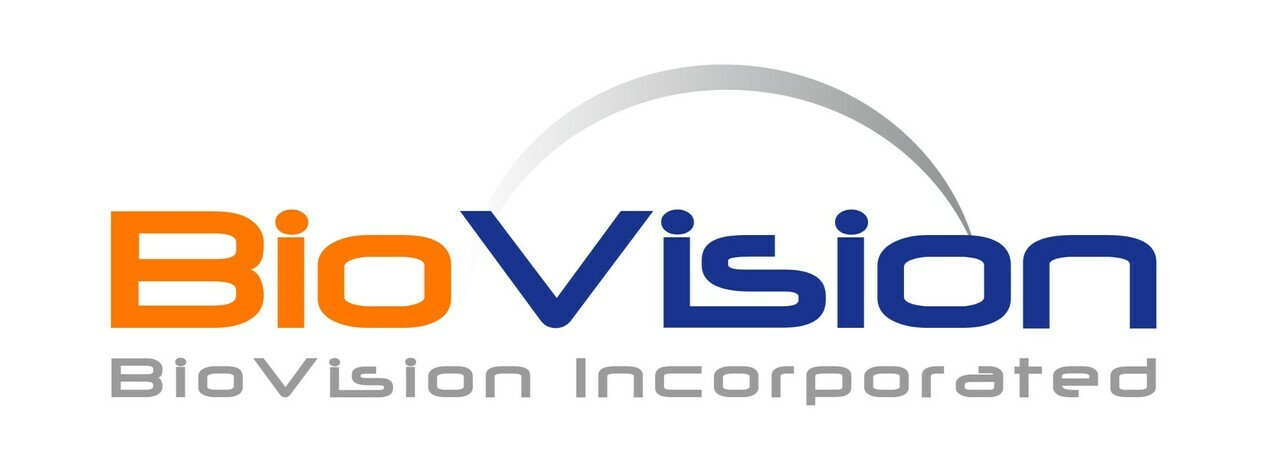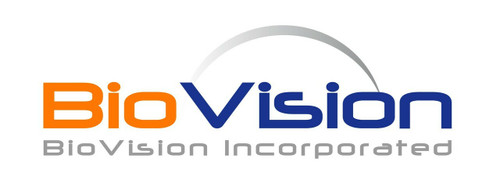Product Description
Programmed cell death 1 ligand 1 (PD-L1) is also known as cluster of differentiation (CD274) or B7 homolog 1 (B7-H1), is a member of the growing B7 family of immune molecules and is involved in the regulation of cellular and humoral immune responses. B7-H1 is a cell surface immunoglobulin superfamily with two Ig-like domains within the extracellular region and a short cytoplasmic domain. PD-L1 is highly expressed in the heart, skeletal muscle, placenta and lung and weakly expressed in the thymus, spleen, kidney and liver. PD-L1 is expressed on activated T-cells, B-cells, dendritic cells, keratinocytes and monocytes. PD-L1 is up-regulated on T- and B-cells, dendritic cells, keratinocytes and monocytes after LPS and IFNG activation and up-regulated in B-cells activated by surface Ig cross-linking. PD-L1 involve in the costimulatory signal, essential for T-cell proliferation and production of IL10 and IFNG, in an IL2-dependent and a PDCD1-independent manner.
Biovision | 7428 | Human CellExp PD-L1 /CD274 /B7-H1 mouse recombinant DataSheet
Biomolecule/Target: PD-L1 /CD274 /B7-H1
Synonyms: PD-L1, CD274, B7-H1, PDCD1L1, PDCD1LG1
Alternates names: EPG, Epigen, PRO9904, ALGV3072, FLJ75542, EPGN, Epithelial mitogen.
Taglines: N/A
NCBI Gene ID #: 255324
NCBI Gene Symbol: EPGN
Gene Source: Human
Accession #: Q6UW88
Recombinant: Yes
Source: E. coli
Purity by SDS-PAGEs: 98%
Assay: SDS-PAGE
Purity: N/A
Assay #2: N/A
Endotoxin Level: <1 EU/g by LAL method
Activity (Specifications/test method): N/A
Biological activity: Determined by the dose-dependent stimulation of the proliferation of murine Balb/3T3 cells. The expected ED for this effect is 150-300 ng/ml.
Results: 150-300 ng/ml
Binding Capacity: N/A
Unit Definition: N/A
Molecular Weight: 7.9 kDa
Concentration: N/A
Appearance: Lyophilized
Physical form description: Lyophilized from 0.22 m filtered solution in PBS, pH7.4. Normally Mannitol or Trehalose is added as protectants before lyophilization.
Reconstitution Instructions: Reconstitute in sterile dHO not less than 100 g/ml.For long term storage it is recommended to add a carrier protein (0.1% HSA or BSA).
Amino acid sequence: N/A
 Euro
Euro
 USD
USD
 British Pound
British Pound
 NULL
NULL












